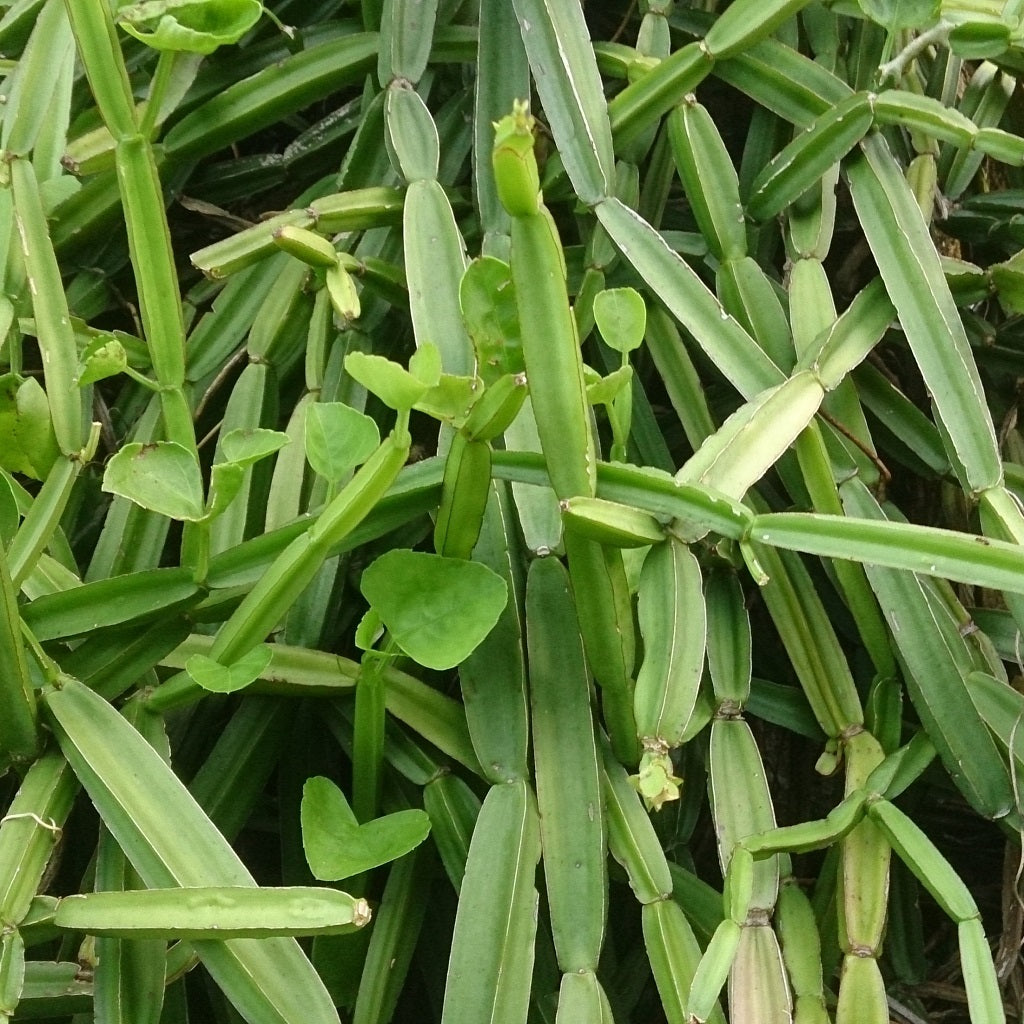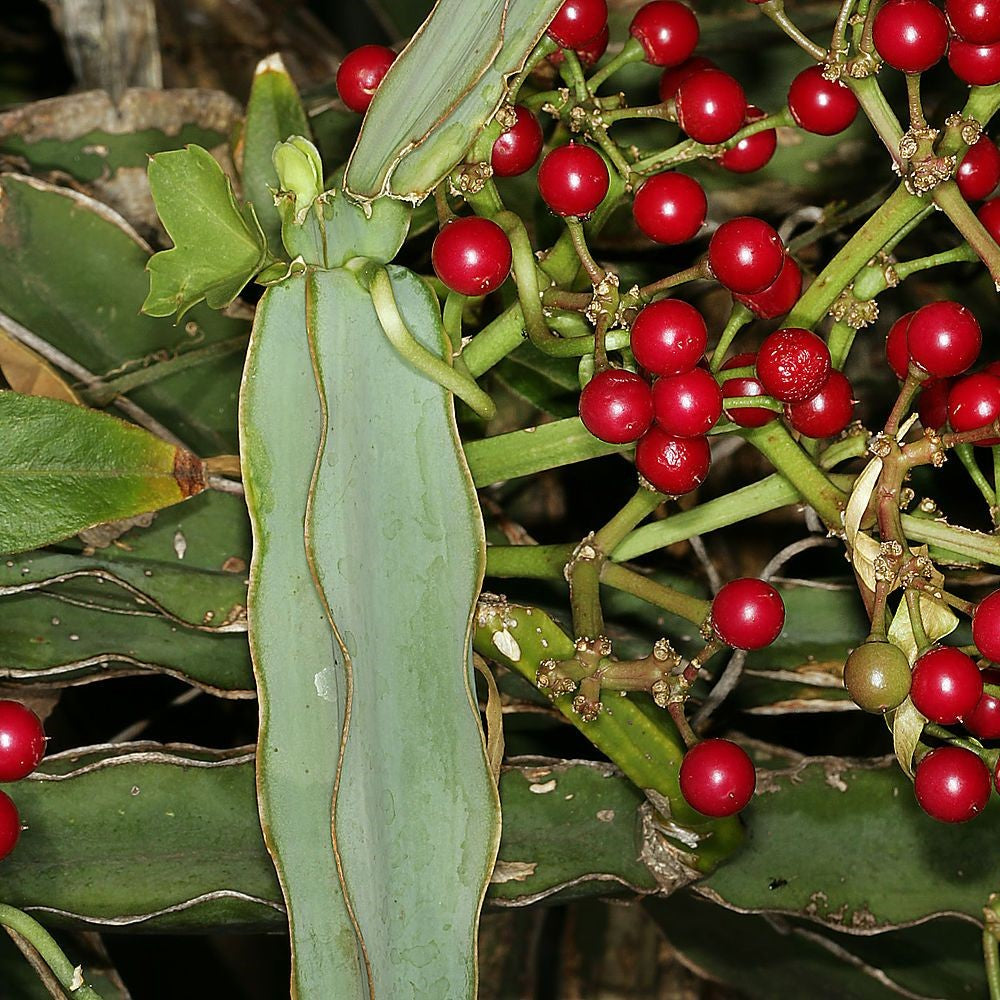Most succulents need to be watered twice a week during summers and only once in monsoon & winters. Varieties like Haworthias, Crassulas and Gasterias are well suited for low-light indoors and window-sills. If the leaves get too bulky, it is a sign of overwatering & if the leaves look shrivelled it is a sign of less watering.
As a general rule of thumb, all the ones with colourful leaves like Echeverias, Sedeveria and Graptopetalum like bright sunlight and semi shade in extreme summers. They cannot be kept indoors or in full shade. All succulents love morning sun.
You can fertilise your succulent once a month.
Watering tips : Make sure NOT to water on the plant itself. Water directly in the soil. You can use a cup or a glass to make sure the water does not spray on leaves. When watering, make sure water comes out of the drainage hole.
You can check our video on how to water succulents on : https://youtu.be/GnzodkMYcmg
Most succulents need to be watered twice a week during summers and only once in monsoon & winters. Varieties like Haworthias, Crassulas and Gasterias are well suited for low-light indoors and window-sills. If the leaves get too bulky, it is a sign of overwatering & if the leaves look shrivelled it is a sign of less watering.
As a general rule of thumb, all the ones with colourful leaves like Echeverias, Sedeveria and Graptopetalum like bright sunlight and semi shade in extreme summers. They cannot be kept indoors or in full shade. All succulents love morning sun.
You can fertilise your succulent once a month.
Watering tips : Make sure NOT to water on the plant itself. Water directly in the soil. You can use a cup or a glass to make sure the water does not spray on leaves. When watering, make sure water comes out of the drainage hole.
You can check our video on how to water succulents on : https://youtu.be/GnzodkMYcmg
Cissus Quadrangularis
Family
Vitaceae
Native
Africa and Asia
Description
Cissus quadrangularis or Hadjod is a succulent vine , which grows upto 1.5m long. It has quadrangular shaped branches with internodes and leathery edges. This species produces small yellow-white flowers as well as red globular berries.
Asthisamharaka is an ayurvedic herb used for strengthening bones and joints and promoting bone growth. It increases bone mineral density and enhances the rate of fracture healing. In addition to its uses in bone and joint disorders, it also used to treat loss of appetite, indigestion, hemorrhoid, intestinal worms, gout, internal bleeding, and leucorrhea. It also has aphrodisiac action due to which it is also used to improve men s stamina, vigor, and strength.
Environment
Grows best in heavy clay or sandy soil with some organic matter. This plant requires less watering due to its woody structure. Water enough to settle near the roots in order to avoid root diseases. Make sure to water this plant even during winters. It needs shaded sunlight for its healthy growth.Landscape Uses
Cultivated as garden Succulents,


















